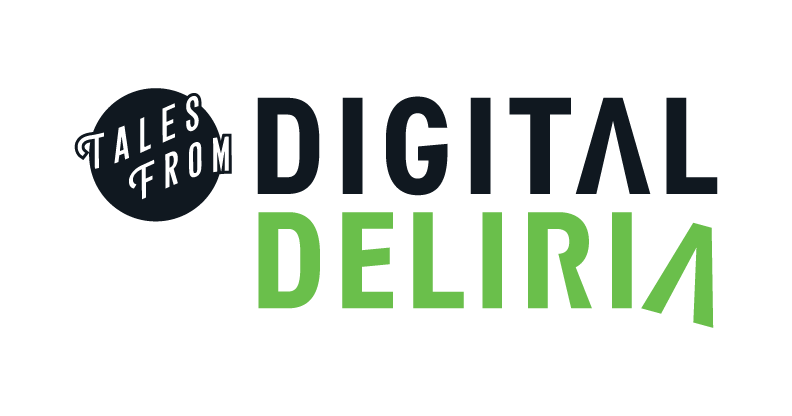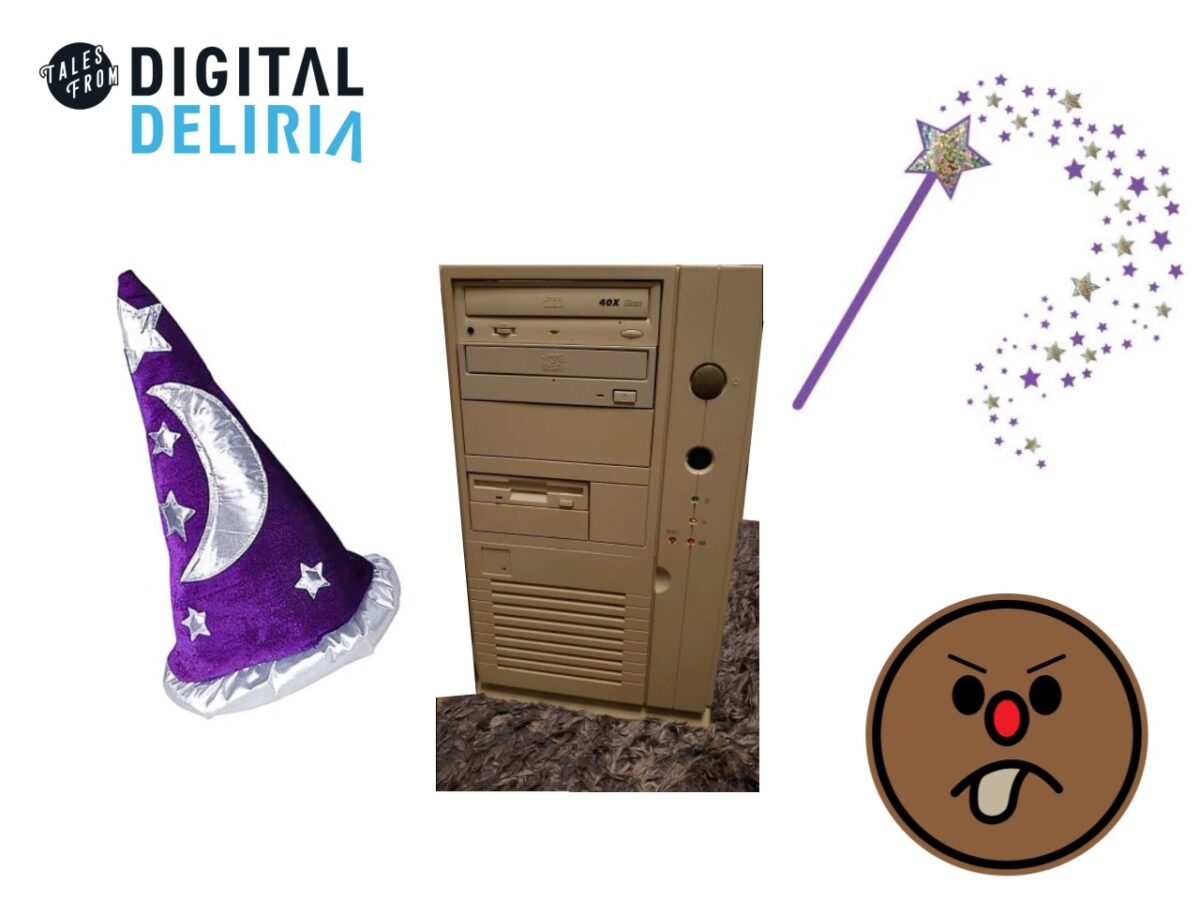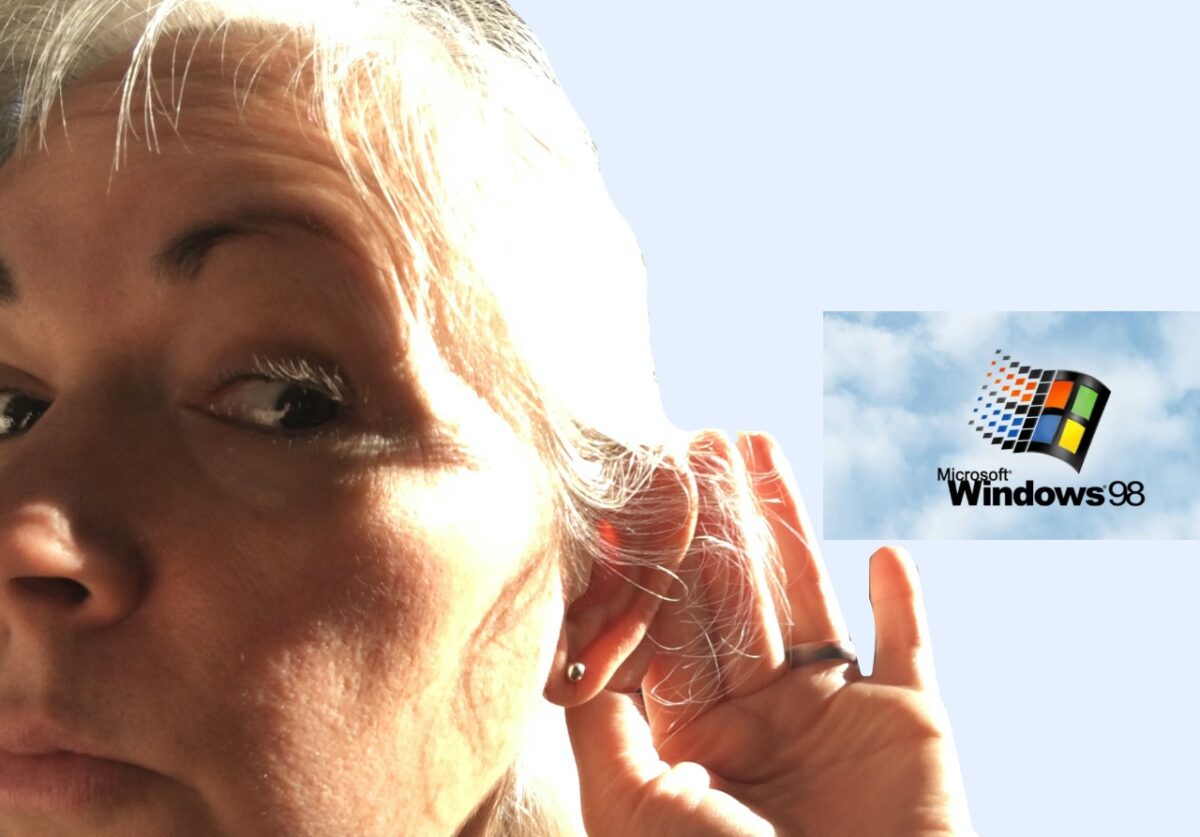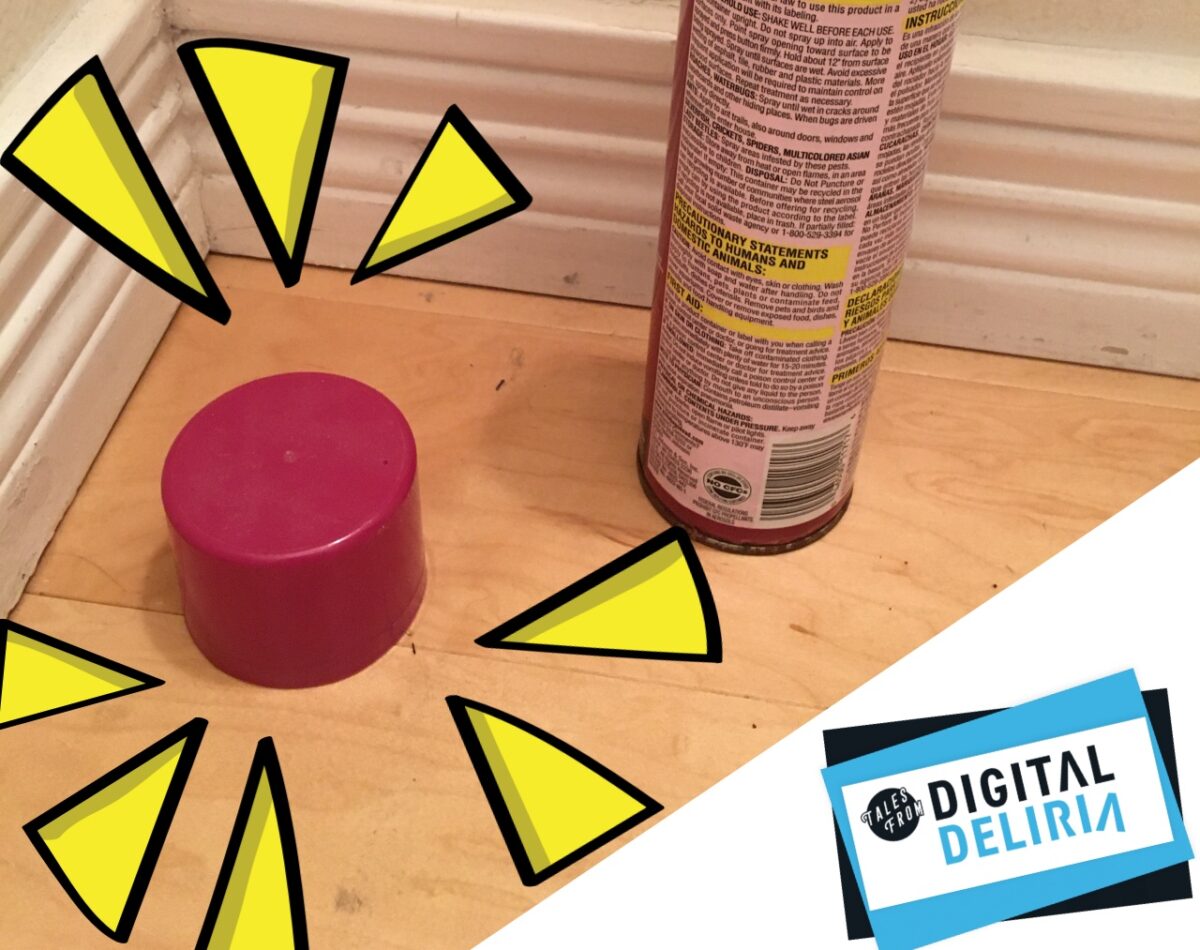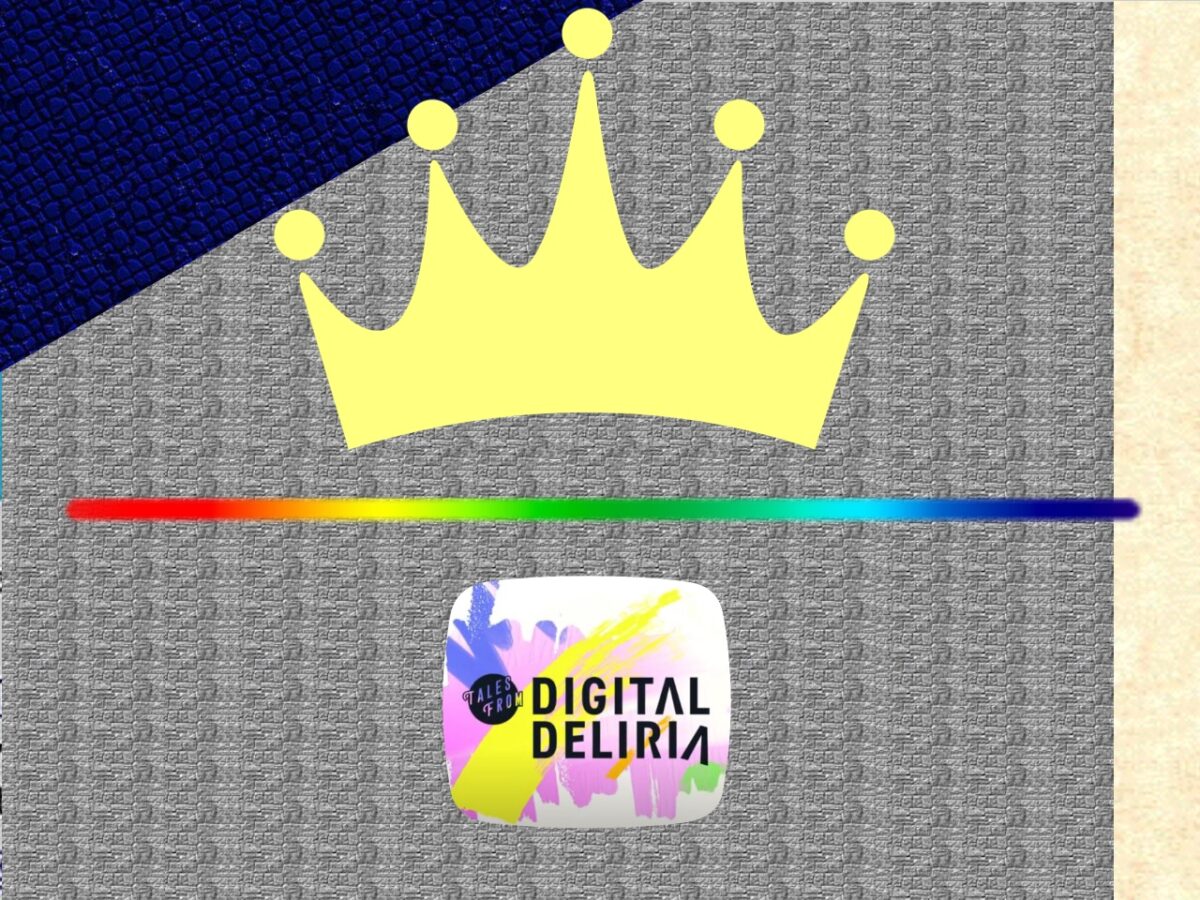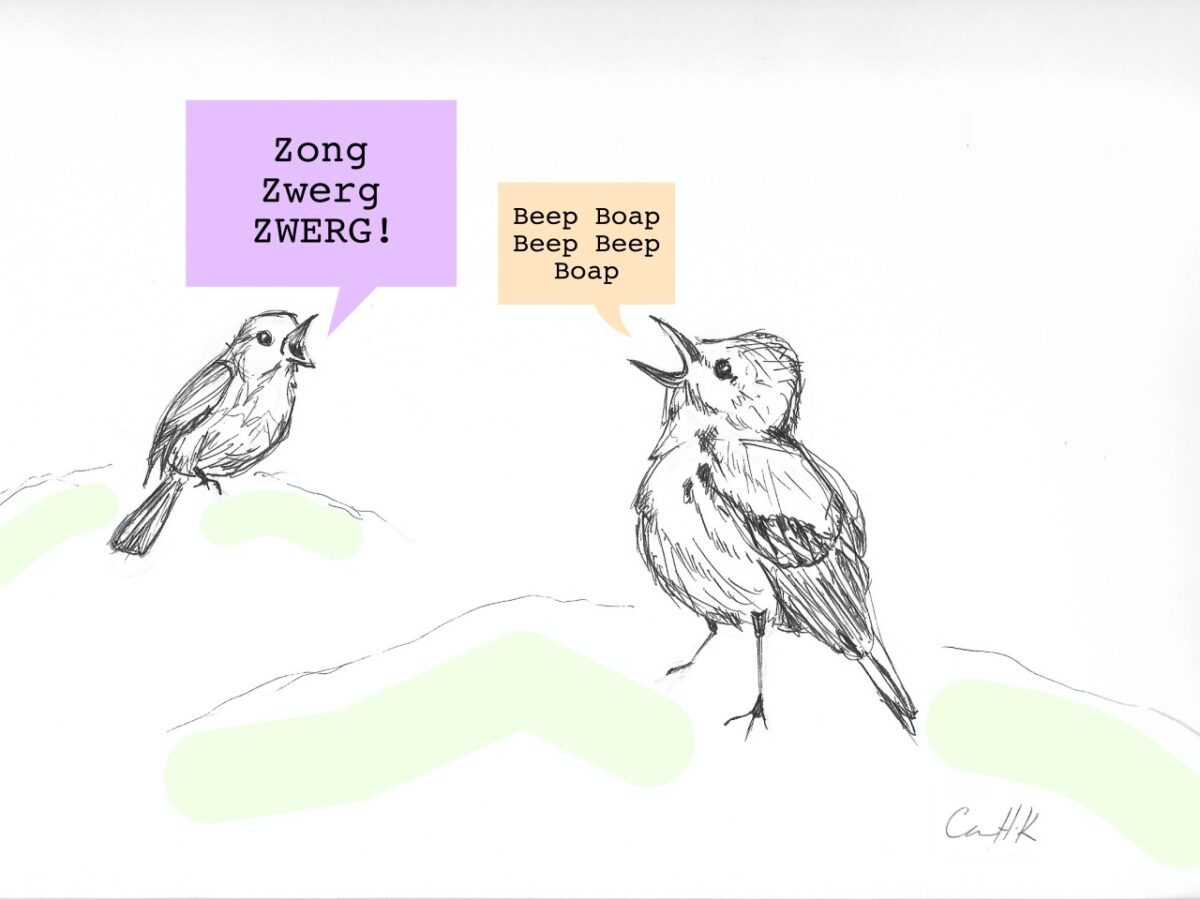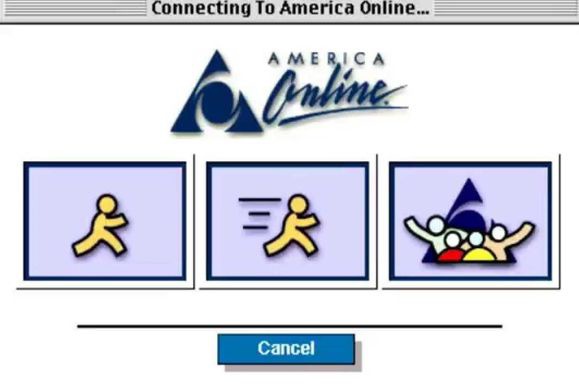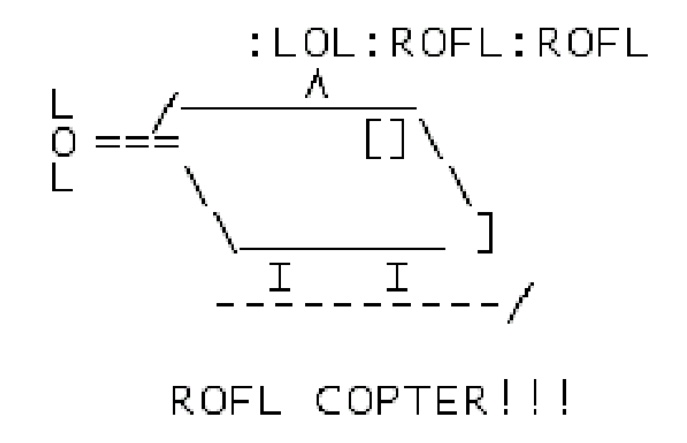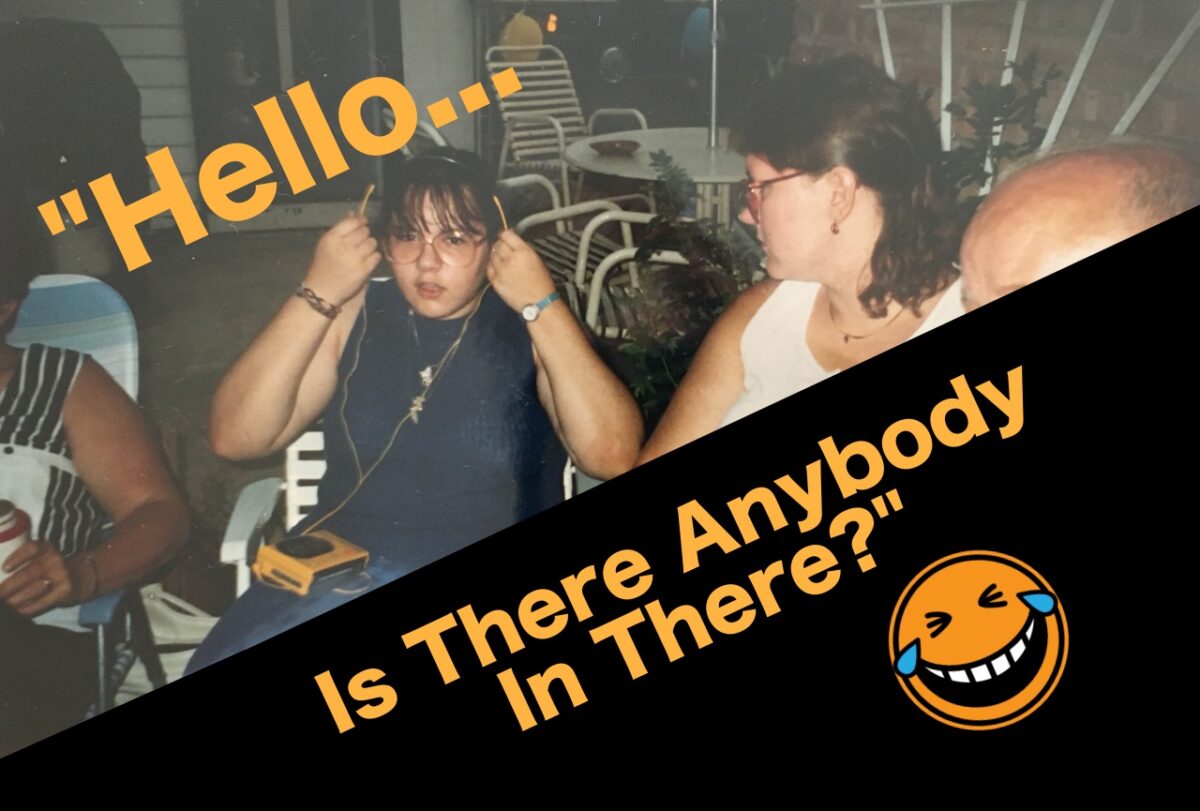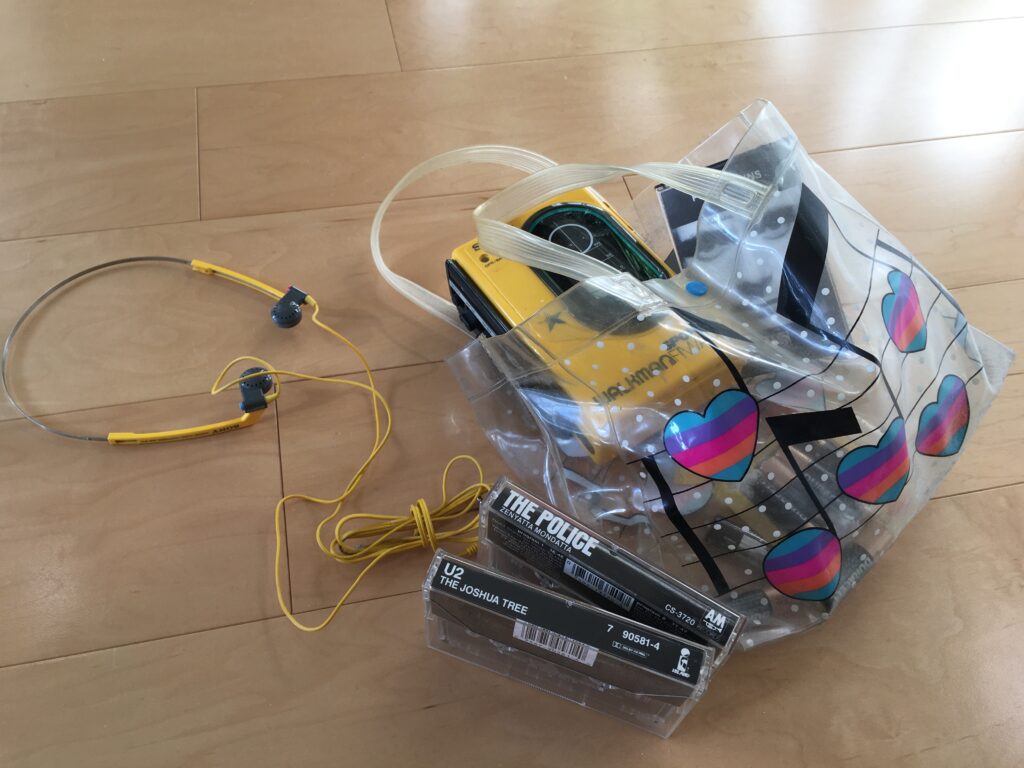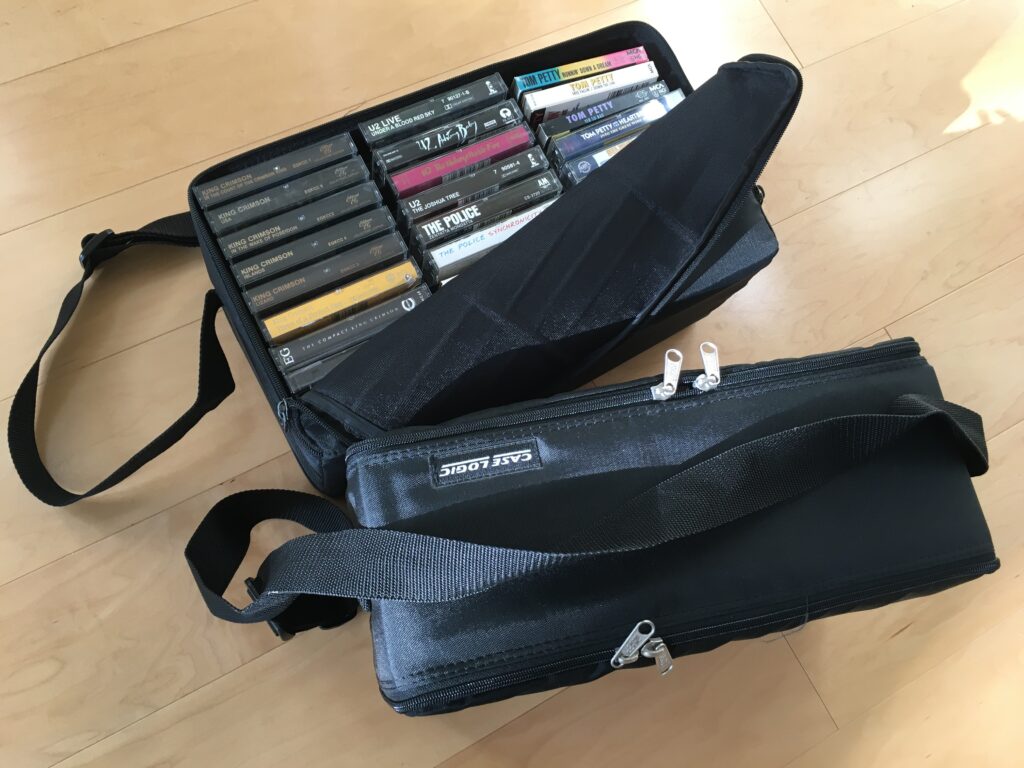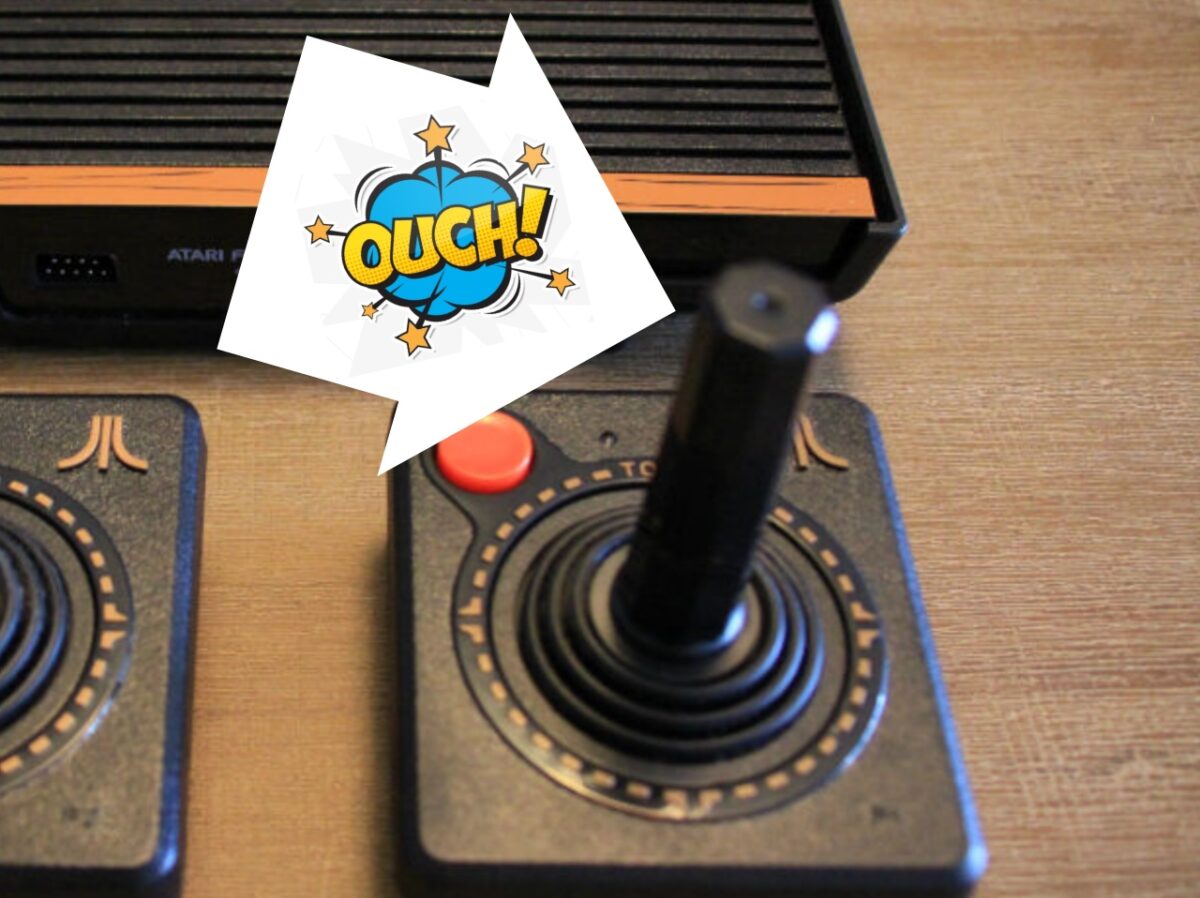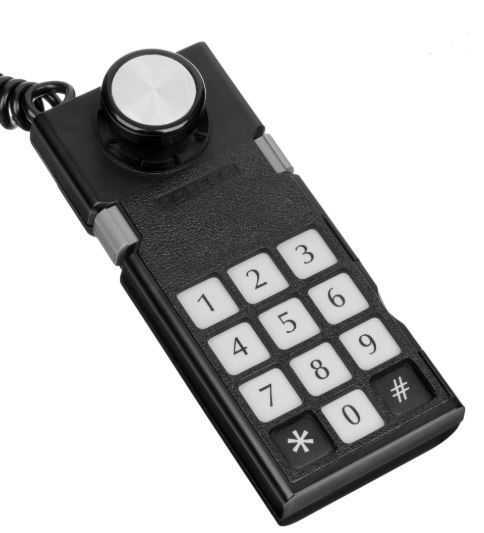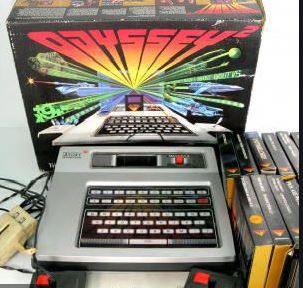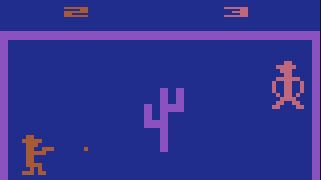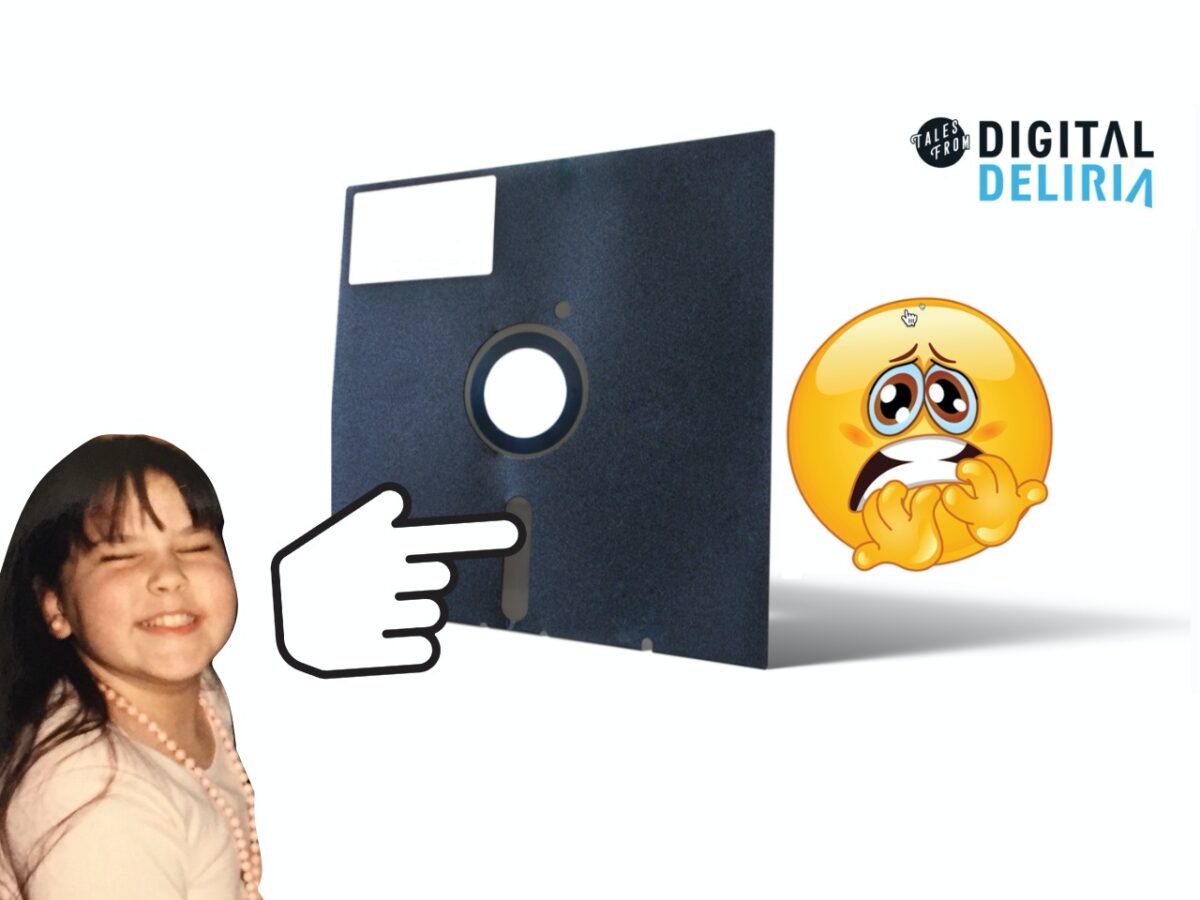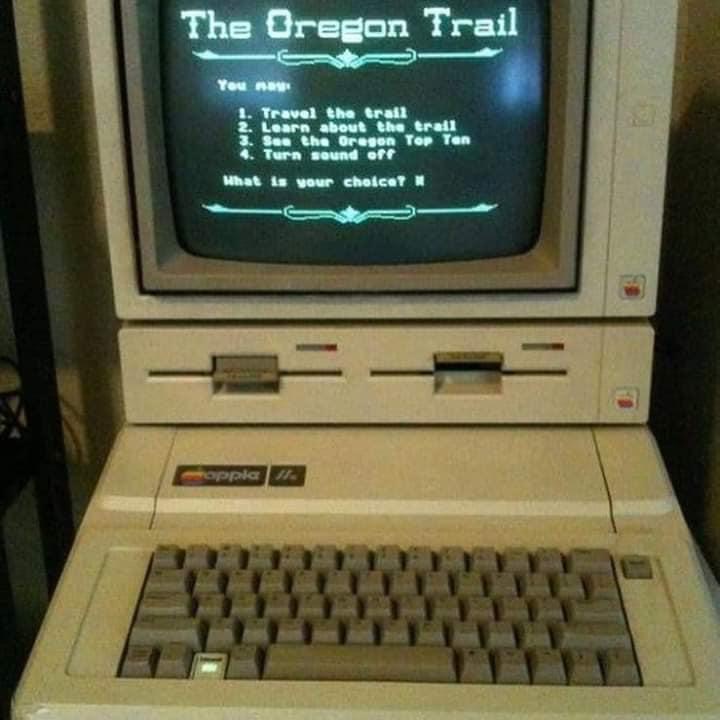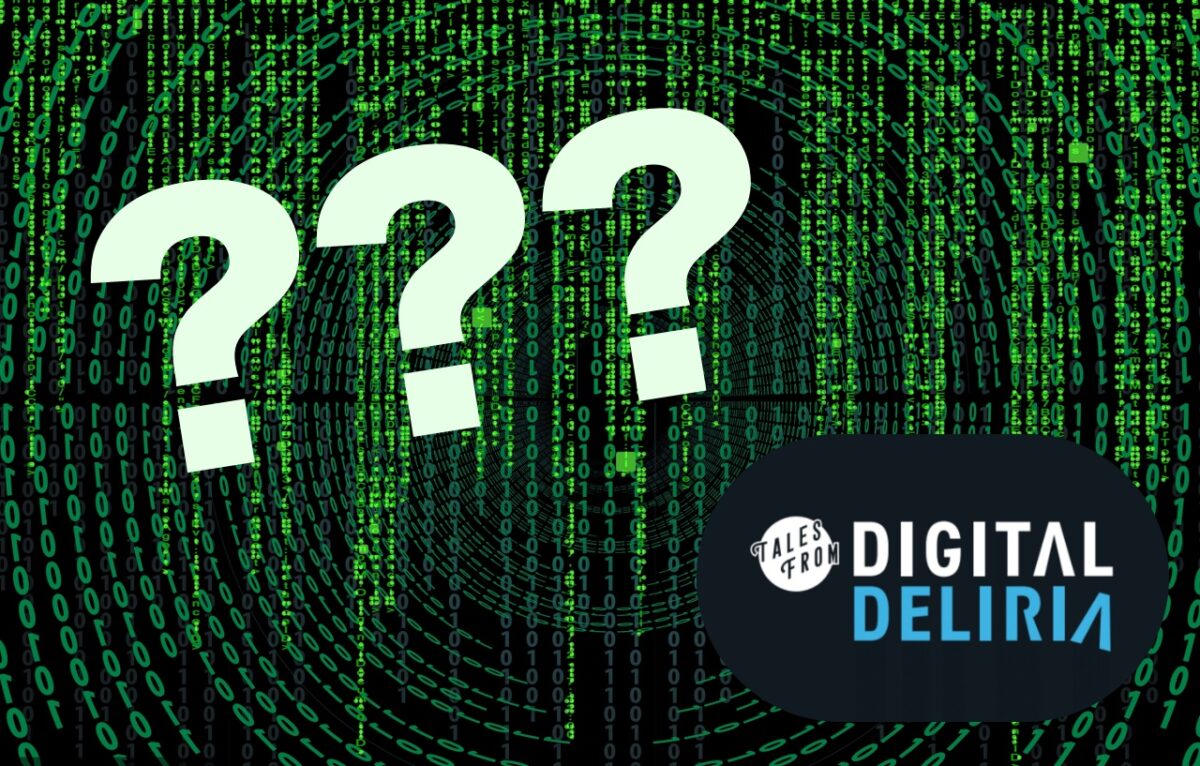Merlin’s Down and Other Adventures (Or Nonsense?)
Merlin crouched on the closet floor atop worn, tan carpeting. Wires climbed up the wall like vines around him, and along the surrounding floor. The closet door, stripped earlier from its hinges, sat propped against a nearby wall… as if impossible to contain the supreme entity within.
Merlin sat grinding on problems that mortal humans could not solve.
Merlin could not sweat. His fan ran constantly. Another fan blew on him from outside the closet, to little cooling avail.
A nearby window illuminated part of Merlin’s complex wiring, adding more heat.
The light revealed Merlin’s power, but also his ramshackle. His fan kicked up to highest gear and then a signal (or lack thereof?) jolted through the wires on the floor…
“Merlin’s Down!” a voice shouts, like the beginning of a desperate war.
As the mighty warrior falls, the destructive wave begins. Zapping through the wires and each and every computer connected to Merlin.
Programmer #2, the next closest to Merlin, shouts the words again: “Merlin’s Down!”
Down the line, others scramble to save their work.
Then, all too quick… too quick to save… the 3rd and 4th employees holler: “Merlin’s Down!”
Coders 5 & 6 simply groan.
The 7th & 8th, designers who were last in the line, shout with glee: “Alright! – I saved before it went down again!”
They made it in time… this time.
It all happened in a 12 x 12 foot room. A bull pen of computers and sweaty employees crammed into an unlikely place. Where everyone baked and seared and spat out frustration in the Texas summer heat like sizzling pork belly on a cookie sheet.
Merlin… an all-powerful wizard.
Merlin… also an overheating file server at a digital startup in an apartment.
Why give such a grand name to this rickety computer, that kept crashing every 20-30 minutes? One that was assembled manually on a college student budget with parts from Fry’s Electronics? One that fell victim to its own heat, the heat of the other computers in the work room, the heat of the sweaty programmers, and an AC that could not keep up with the rest of the heat encroaching from the outside?
A misnomer. Or an ironic strive toward our loftier goals.
Such was startup life, a website “sweat” shop (literally) that operated out of a musty family room. The working environment was utter nonsense. Who would stay in a place such as this?
A bunch of young people. Of entrepreneurs just in there “figuring it out”. We were the ones to approach if you needed a website.
And unfortunately for us, websites were low value at that time. Something that warranted an extremely limited investment, where no amount of sales technique could coax otherwise. “I pay only $400 for my brochure, so why would I pay any more for my brochureware website?”
But some of our clients – the ones with an early greater vision of ecommerce and web applications – they paid the bills.
However, Accounts Receivable was slacking that first summer. When all we had was Merlin, a file server in a hot closet. It held all our wares… our product… our websites.
Life was only about pushing forward for another day at our late ‘90s startup. And once Merlin was back up, the scrappy website coding and designing could continue.
The lesson learned? Keep going. Save early. SAVE OFTEN.
As always, I hope you enjoyed this and it brightened your day.
Please share your memories below if your career was born at a scrappy digital startup too!
Don’t want to miss a future story? Be sure to sign up for our mailing list.
